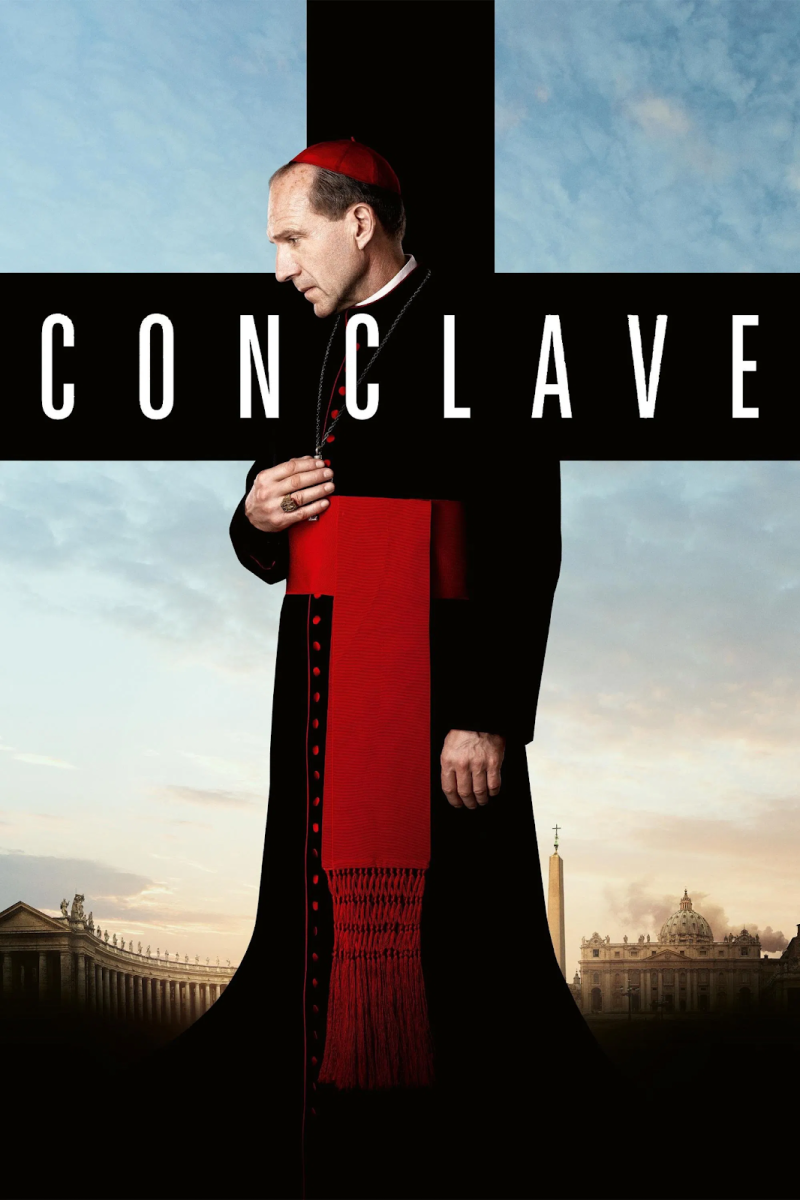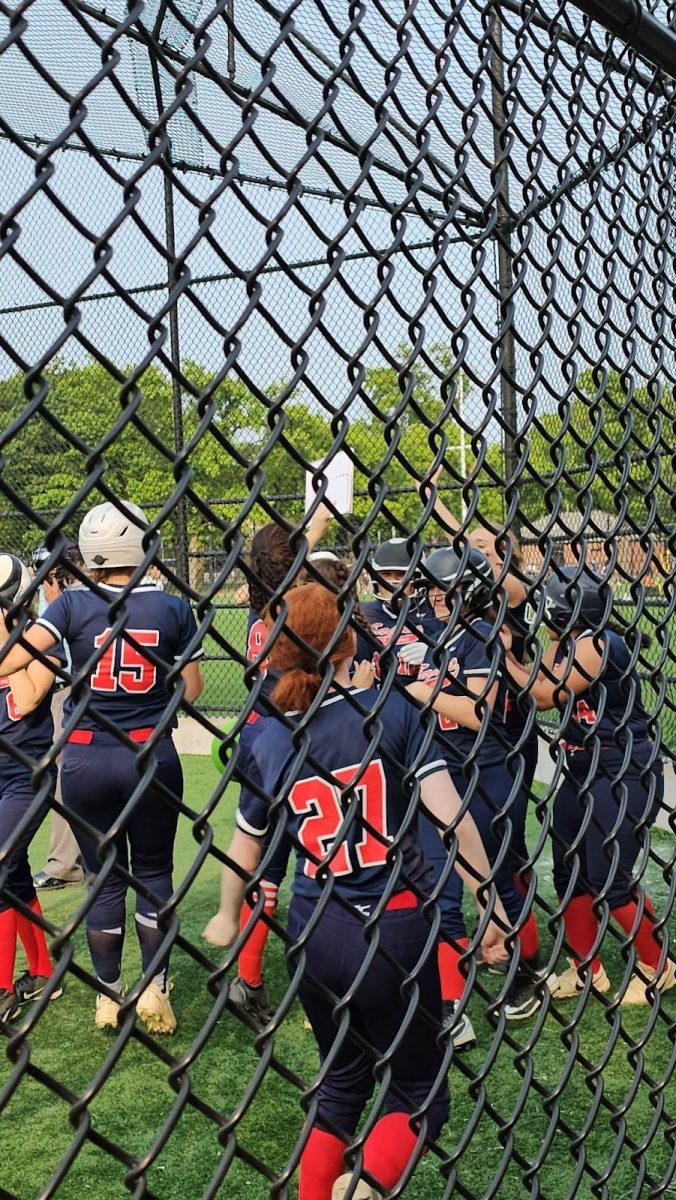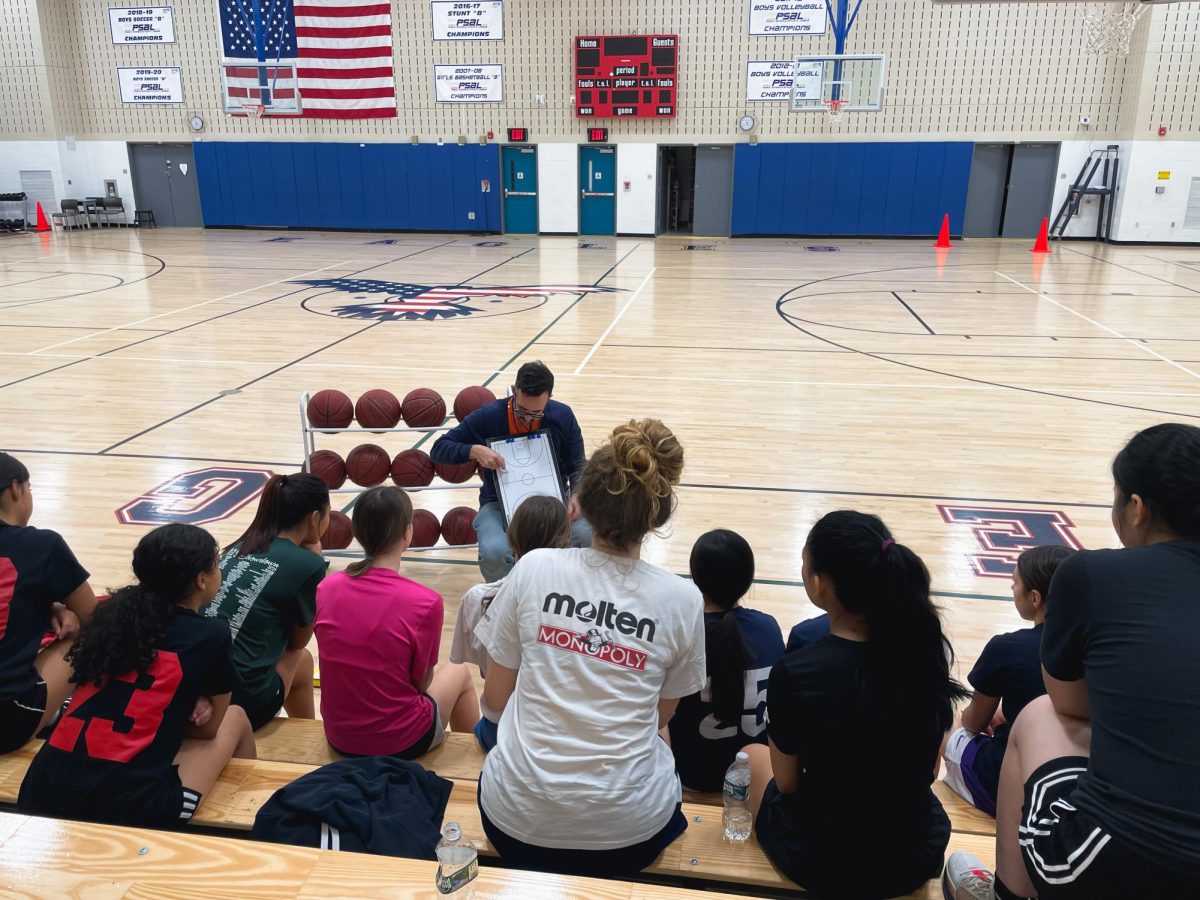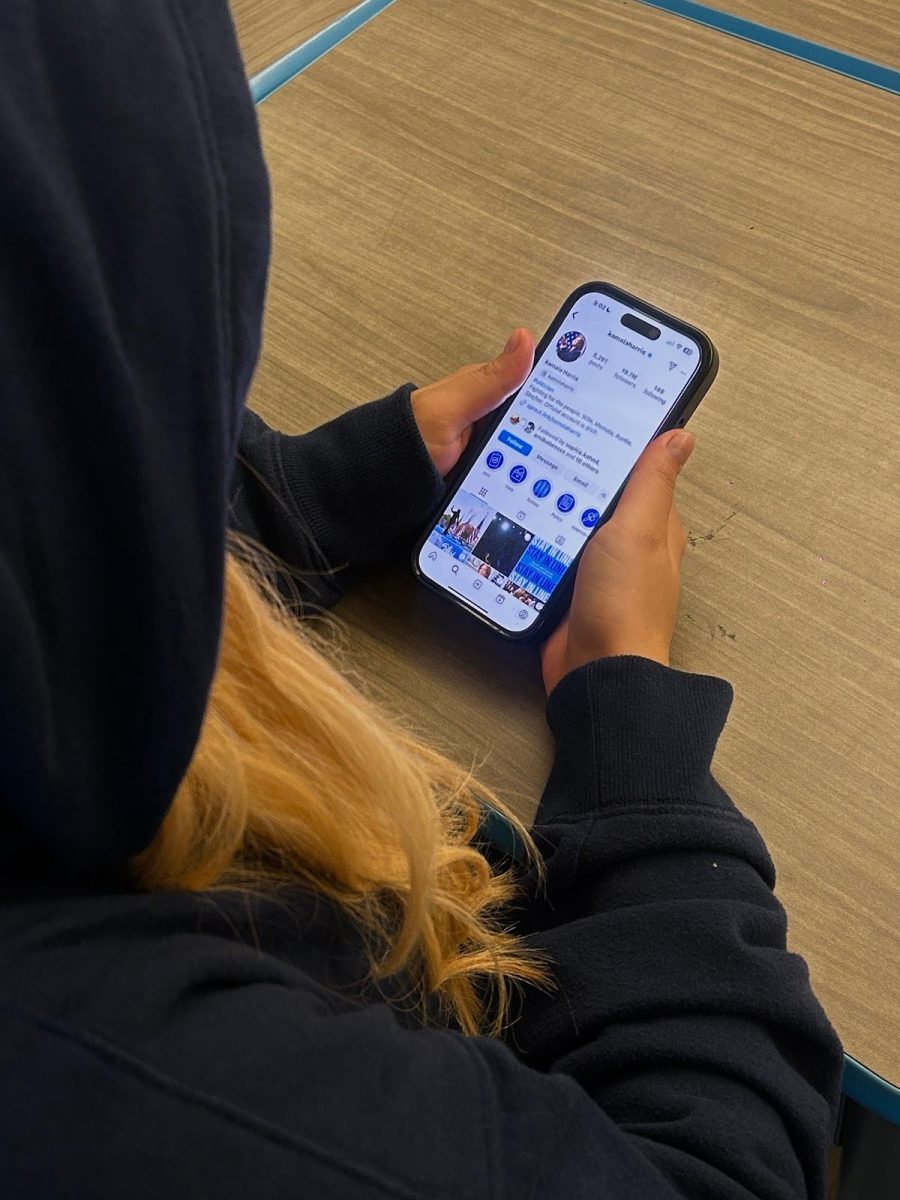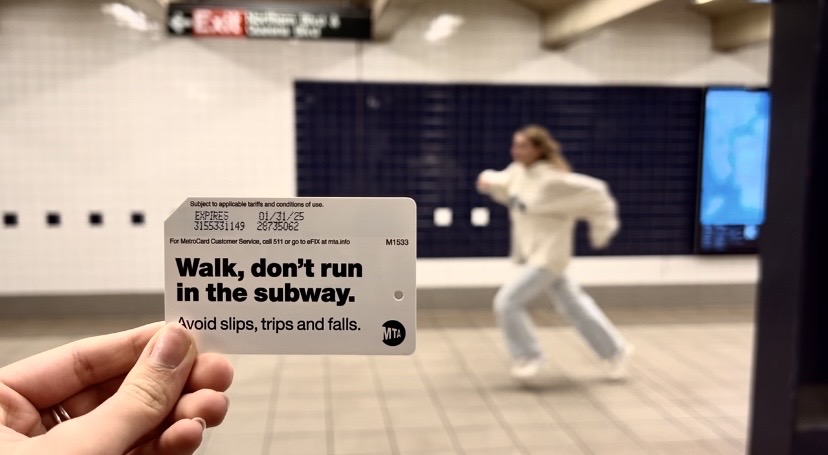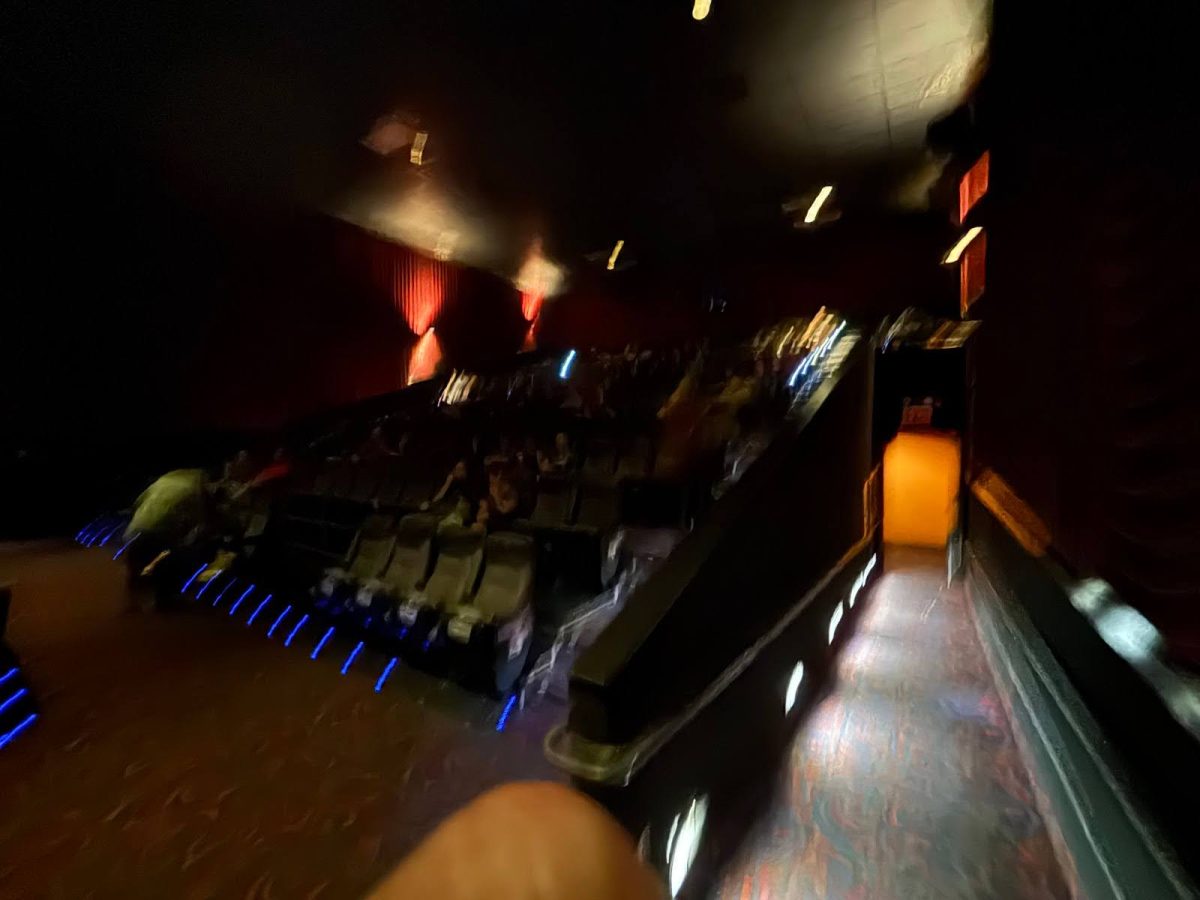In the 2024 presidential election, social media played a pivotal role in influencing the outcome. Donald Trump emerged as the president-elect on November 5th, largely due to his online presence. A survey among the Academy of American Studies students is reflective of the nation’s choice.
Donald Trump’s defeat of Kamala Harris made many citizens wonder about the voter’s decision-making process. Over the last few years, social media has become a way for people to receive their news. According to the Pew Research Center, just over half of U.S. adults (54%) say they at least sometimes get news from social media, a number that has been increasing every year. In fact, 88% of students specifically identified social media as a domain for news. This figure highlights the growing reliance on platforms like TikTok and Instagram for information, including political content.
Andy Z., senior, said, “I see a lot of videos from Kamala Harris on TikTok and Instagram, advocating for her economic policies.” He later states, “I would’ve voted for Harris.”
Social media allows potential voters to stay updated easily. Nearly 50% of students said they see politics on social media weekly. This widespread exposure to political messaging has both positive and negative implications. On one hand, social media offers teenagers and potential voters the opportunity to form their own opinions by engaging with diverse perspectives. On the other hand, it often reinforces “echo chambers” where individuals primarily engage with content that aligns with their existing beliefs.
One anonymous respondent noted, “It refreshes me from all the misinformed and misled teenagers with whom I go to school. It also reminds me that sane and smart people exist.” This statement reflects some users’ comfort in curated content that reinforces their worldview. The Navigator Research survey of 2024 election voters revealed that a majority of new Trump voters relied on social media for news, with 52% citing it as their main source, compared to just 37% of the general electorate; this could be attributed to the “echo chamber” phenomenon.
However, social media also has the potential to introduce new ideas and arguments. Another anonymous student shared, “[political posts] just pop up on my feed, but their arguments bring my attention because they mention information I have never heard of before.” Despite the prevalence of echo chambers, this suggests that platforms can occasionally challenge users’ perspectives and introduce them to unfamiliar viewpoints.
The survey also showed that 62.4% of students attributed at least one-fourth of their political knowledge to content they encountered on social media. While this statistic emphasizes the educational side of social media, it also raises questions about its reliability. Is social media a safe, effective, and reputable political discourse and learning space?
As the data from this survey demonstrates, social media is deeply ingrained in how young people engage with politics. However, this reliance comes with challenges, including the potential for misinformation and the reinforcement of ideological silos.

